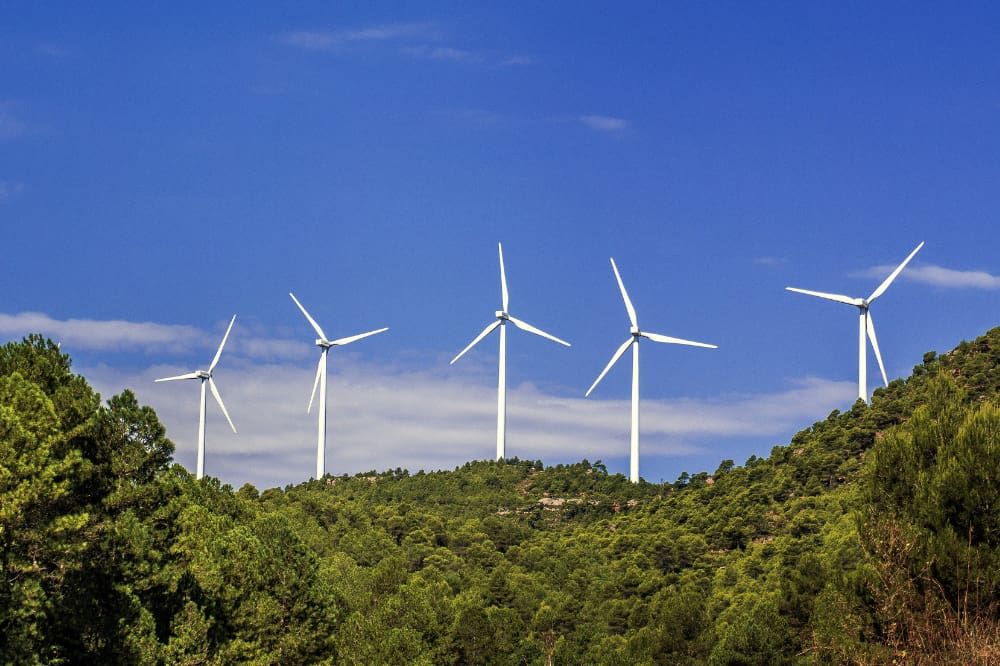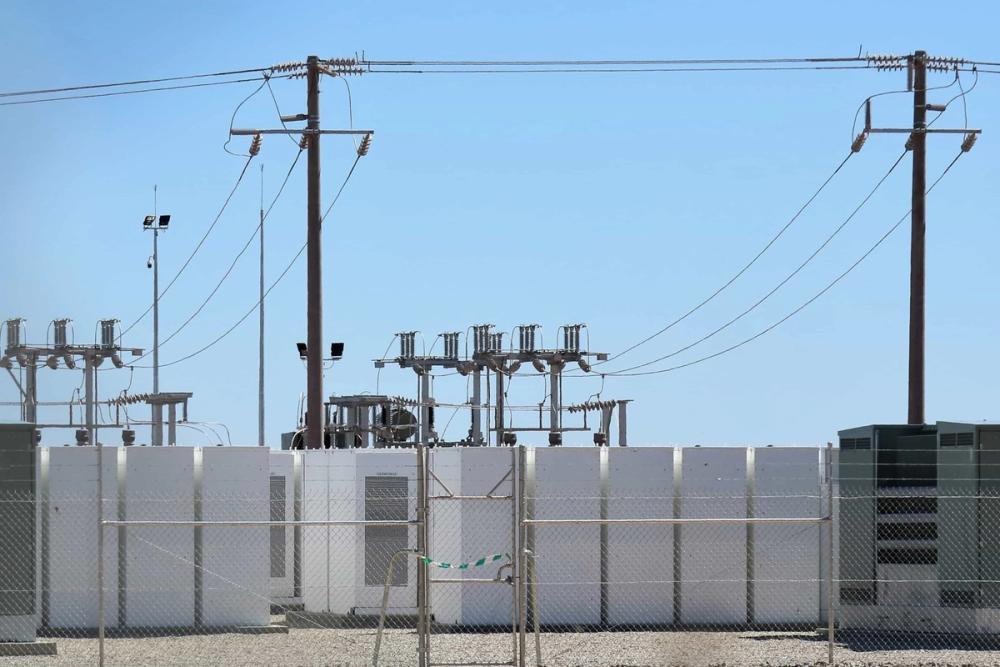What Next For Energy Costs During Winter? Part 1: Why Are Prices So High?

Foreword
The announcement on 26th August of the proposed price cap increase to £3,549 that was due to come into force from the 1st October, justifiably caused concern for many. The more recent announcement on 8th September of a lower price freeze of £2,500 to be kept for two years has tempered some of the concern but this will still result in a significant number of households going into fuel poverty. There has been little discussion about what the likely longer-term impact of the government’s support package will be and what other practical steps, if any, can be taken to alleviate the symptoms of high energy prices.
On top of the proposed £2,500 price freeze, the recent announcement was largely focussed on upping supply and did little to address demand reduction. Whilst increasing supply is key in the long-term, demand reduction and associated strategies must be a priority in the short-term to bring down the equilibrium price of supply and demand.
There is a myriad of underlying reasons why energy prices have taken the course that they have, some that were foreseeable and some that were not, many of which are interconnected. Many pages of analysis can be devoted to the journey that energy prices have taken, but this blog across its three parts will primarily concentrate on the likely best way forward to combat the fundamental issue of high prices.
As Balance Power’s Commercial Manager, I operate in a financially focussed environment, however my background is in mechanical engineering, therefore this blog provides a combined techno-commercial lens.
Nick Provost, Commercial Manager at Balance Power Projects
Can high prices be simply explained with the dynamics of supply and demand?
In short, yes, they can. Currently there is much less supply of energy in the market compared to the demand for it and the extent of the imbalance is driving prices higher than ever before. A lot of the commentary that we have seen to date implies that this is due to an increase in demand driven by economic activity pick-up as the world comes out of the Covid-19 pandemic. However, a much greater contribution to our current predicament is down to lack of supply.
Surely understanding the present will help understand the future?
What is key to understand about why energy prices have climbed to unforeseen levels, is that the predicament that the UK, and Europe as a whole, is finding itself in can’t be traced back to a single event and is more the result of incremental missteps in constructing energy policies over many decades. Some of these reasons include overly ambitious timeframes to achieve net-zero targets driven by political one-upmanship, the decommission and demolition of ‘out-of-favour’ power generation assets before sufficient replacement capacity was operational, and short-term bias to energy policy to align with political needs.
These reasons are not exhaustive and should not be seen as apportionment of blame since some of these actions were necessary, for example, the response to Russia’s war in Ukraine, and some are very much driven by hindsight. But it is important to understand that each of these actions and decisions will have impacted the balance between supply and demand – political implications aren’t considered by the invisible hand of the market when the equilibrium price is determined.
I can see how the price is high, but how do we bring it down?
If we follow the market dynamics of supply and demand, prices will naturally come down if the provision of supply is higher to demand. This means we need to increase supply and/or decrease demand in order to bring energy prices down.
Within the Energy Security Strategy, the government provided a comprehensive ‘wish list’ of additional net-zero compatible generation that it aims to build and bring online. The good news is that there is plenty of private sector investment ready to fund it. Coupled with the current pipelines for solar PV and battery storage systems, it is likely that even in just a few years the UK will be more resilient to declines in global supply. This is a positive step to securing a sovereign energy supply and supporting UK energy security.
The only obstacles to this will be obtaining the necessary consents allowing these schemes to be built as quickly as possible. Balance Power has direct experience in having >60MW of projects recommended for approval by appointed experts being knocked back at planning committee level. Despite this, these projects were successfully overturned at appeal but at a cost to taxpayers in both money and time.
The unfortunate truth here though is that whilst the future vision outlined in the Energy Security Strategy can offer a way out of a high energy price paradigm, it won’t do anything in the short-term to abate the impact of energy prices – particularly if the roll out of energy projects is being delayed. The reality is that we need to reduce our energy demand to have any meaningful impact in the short-term. In part two of this blog, we’ll be discussing ideas about how to do this in more detail.
Reducing demand does appear to be the best short-term fix, but this can’t be the end goal?
Reducing demand will only go so far as people are able without impacting quality of life. Therefore, the long-term solution is to increase supply of energy.
The government, to its credit, has shown willingness to at least develop plans to make that happen, but it will be the real-world deliverability of these plans backed by well-engineered solutions that will really help with the supply and demand conundrum.
What is clear is that no single policy action will bring down the cost of energy and an “everything of everything” market driven approach will be needed to drive down the equilibrium price between supply and demand. The government simply can’t afford to deliberate over what will be worthwhile over what isn’t and try and pick winners.
This blog is written by Nick Provost, Commercial Manager at Balance Power Projects. Nick has an engineering background with a Mechanical Engineering degree from the University of Manchester and is a Chartered Engineer with the IMechE.



